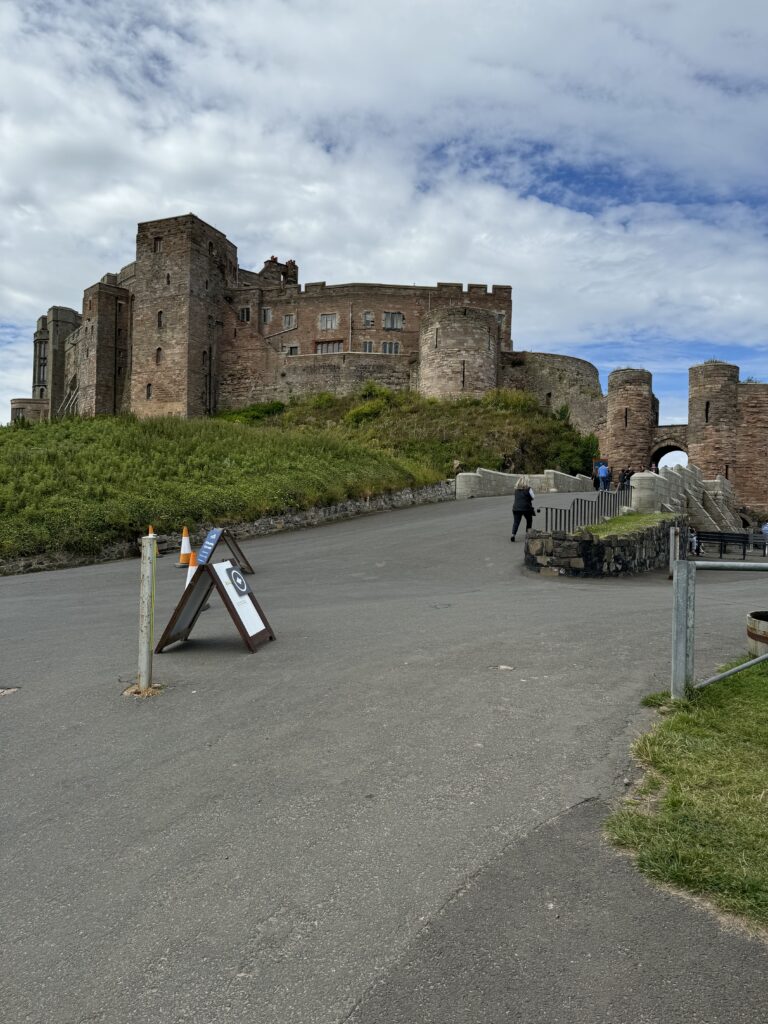
Ireland-Scotland Travel Devotional – Day 13: Bamburgh Castle
Ireland-Scotland Travel Devotional – Day 13: Bamburgh Castle. It was time to get off the ship today, literally and figuratively. The servers have noticed I’m

Ireland-Scotland Travel Devotional – Day 13: Bamburgh Castle. It was time to get off the ship today, literally and figuratively. The servers have noticed I’m
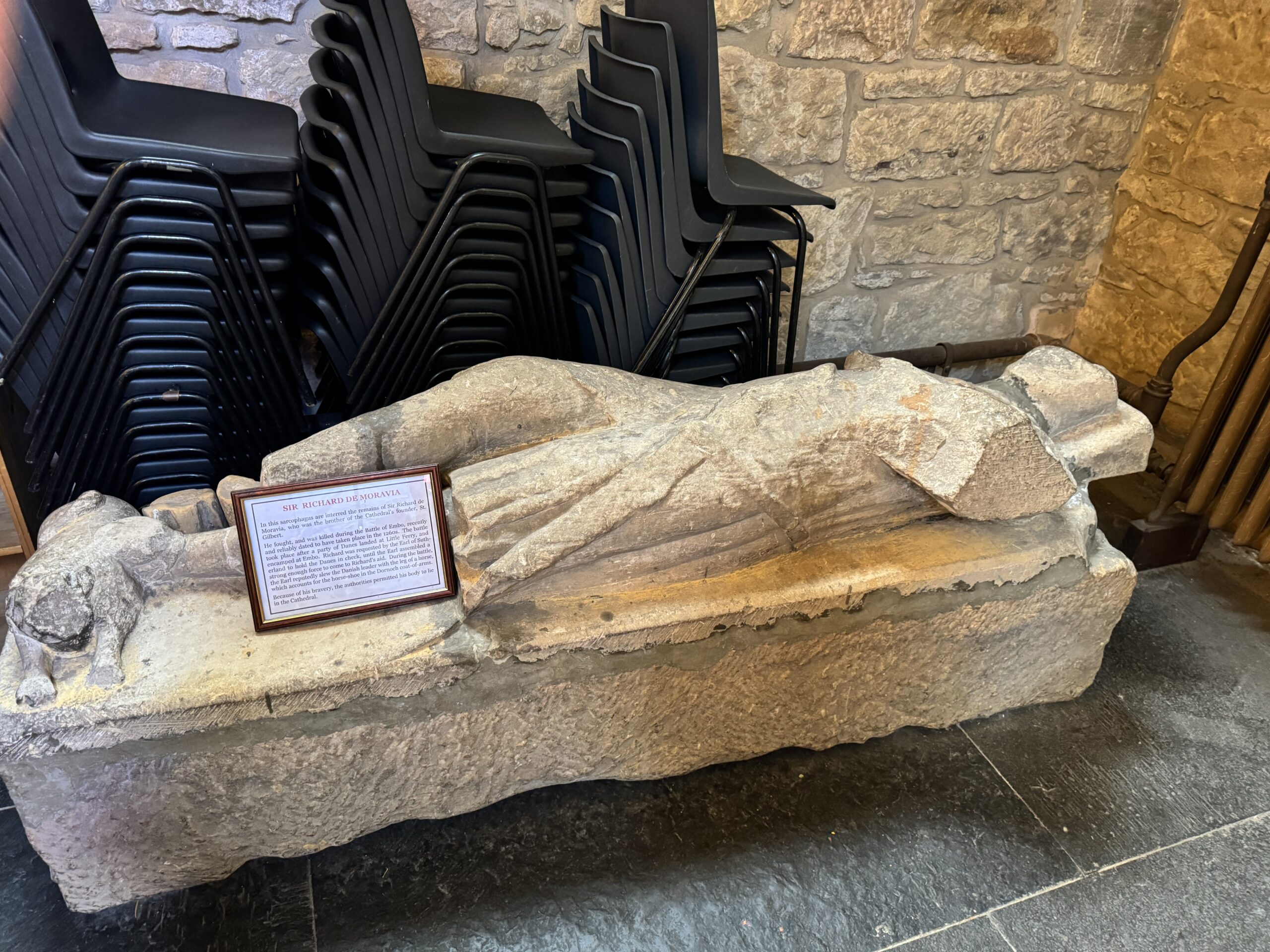
Ireland-Scotland Travel Devotional – Day 12: Sometimes one must take the bull by the horns, which I did today. With the cruise ship offering the
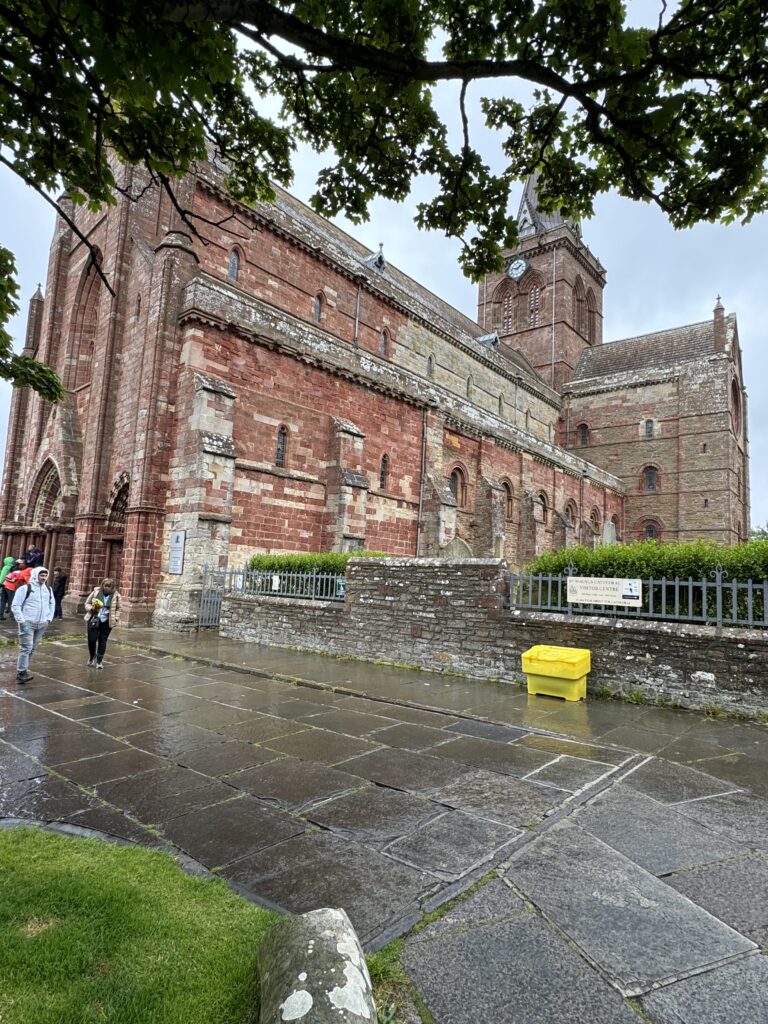
Ireland-Scotland Travel Devotional — Day 11: I’ve long had trouble with the labels “saint” and “martyr,” the former because it’s been used historically by churches

Ireland-Scotland Travel Devotional – Day 10: Isle of Skye. On our UK Travel Devotional in 2018, we had as our post-humous guide the Venerable Bede
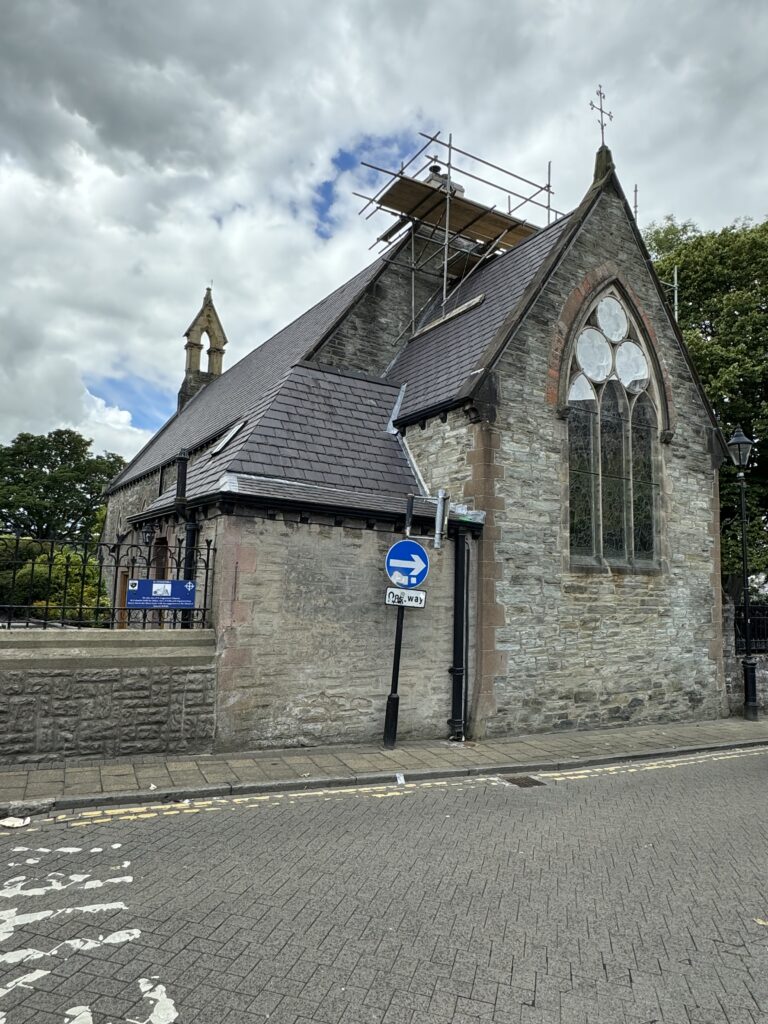
Ireland-Scotland Travel Devotional – Day 8: Northern Ireland – I’ve often said the existence keys are the best evidence we live in a fallen world.
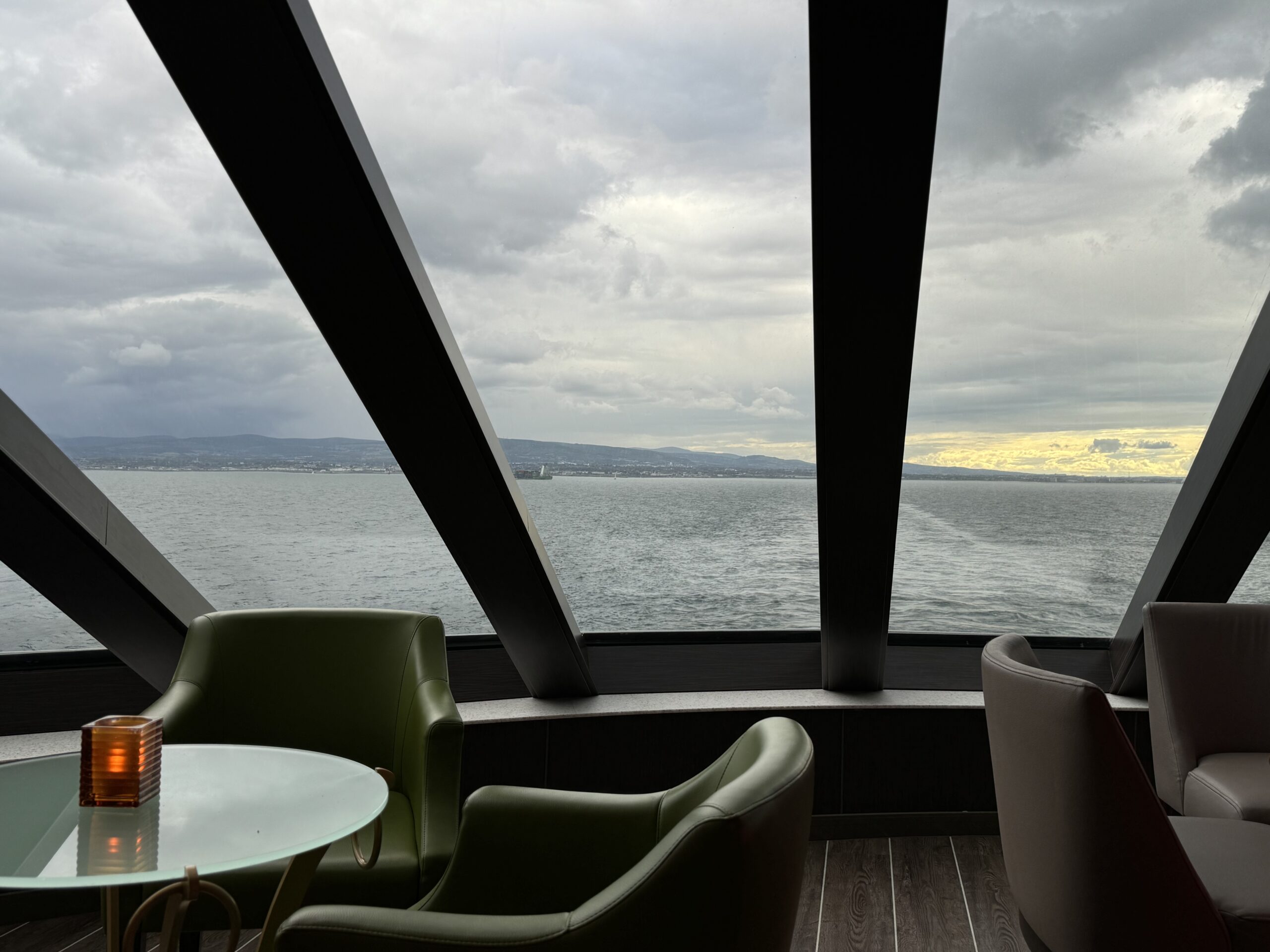
Ireland-Scotland Travel Devotional – Day 6: Saint Columba. Today we transitioned from land to sea, car to ship. As we transitioned modes of transportation we
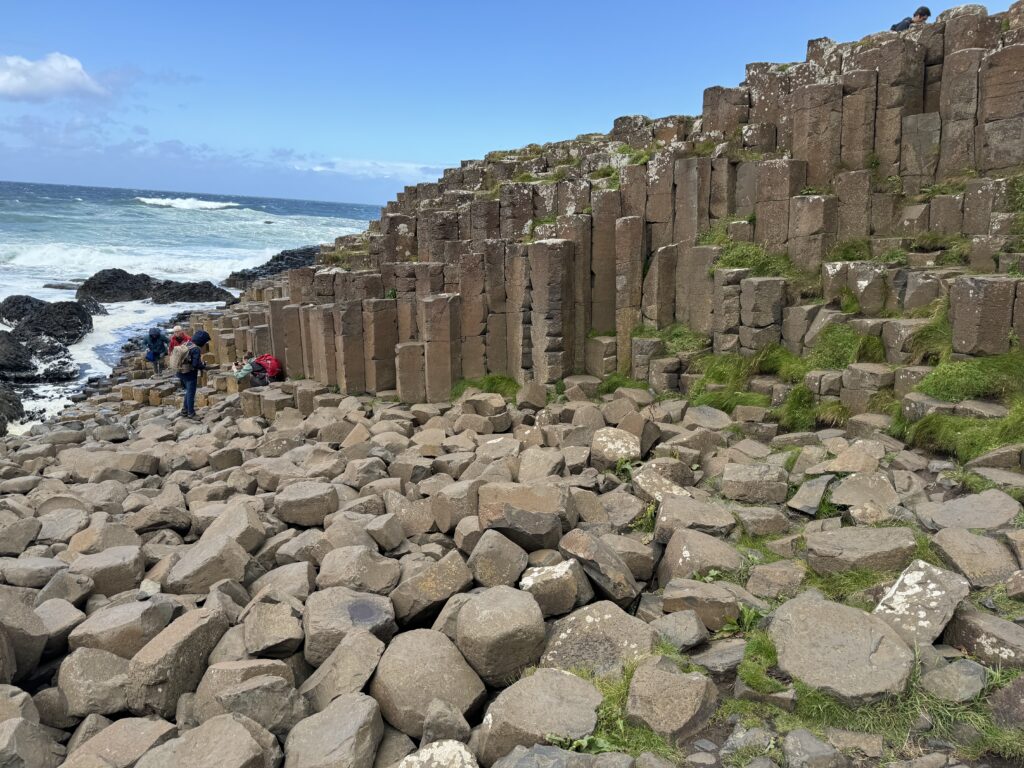
Ireland-Scotland Travel Devotional – Day 5: Giant’s Causeway. The emotional state of the GSB Team was much better today. I attribute that to no longer
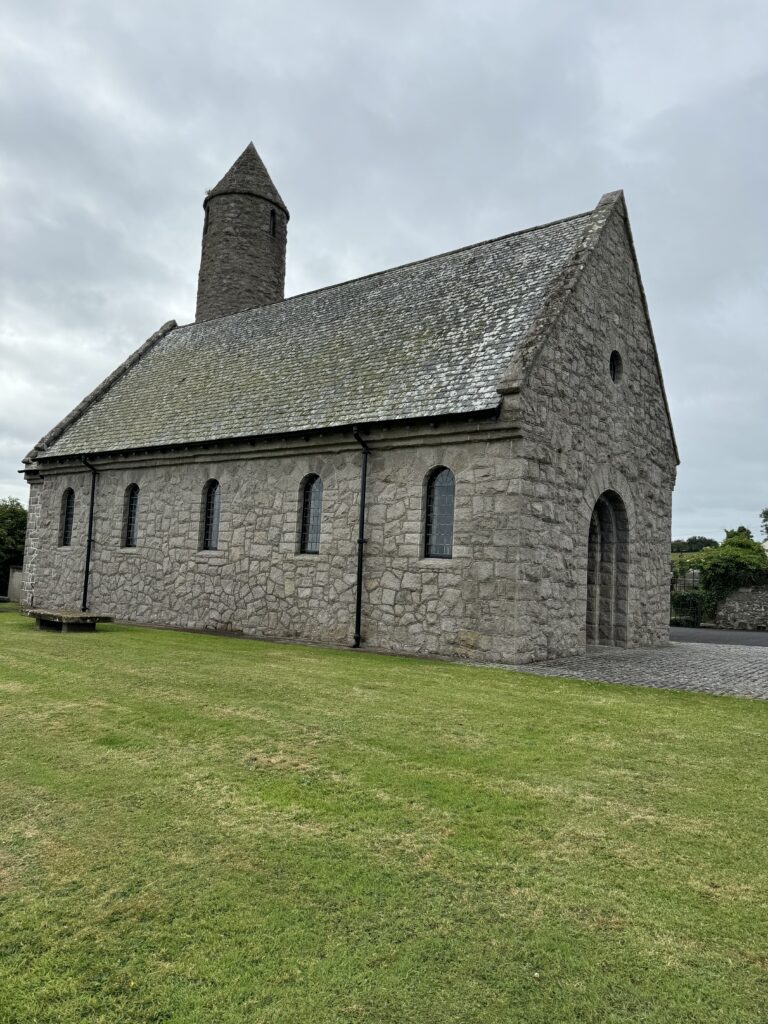
Ireland-Scotland Travel Devotional – Day 4: St. Patrick’s Way After 3 days in the same clothes and with little rest, we were able to start

Ireland-Scotland Travel Devotional Day – 2: Toronto. The Apostle Paul was adaptable. That is what he is saying to the Philippians here. The virtue of
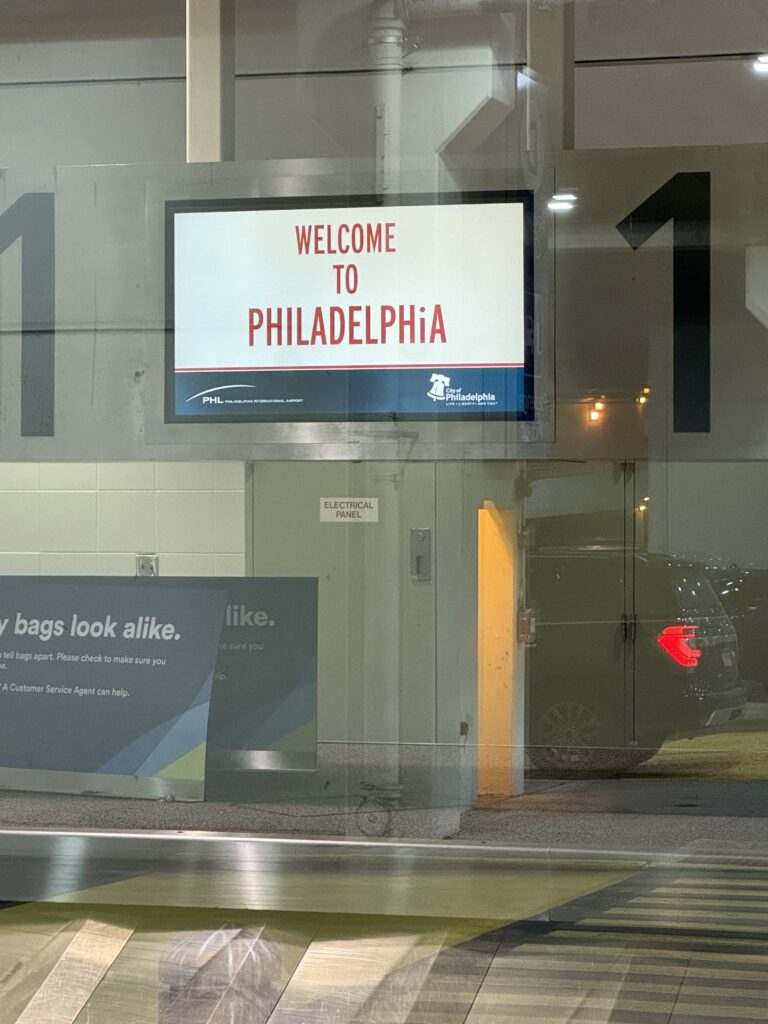
Ireland-Scotland Travel Devotional – Day 1: Travel does not always go as planned, but we on the GSB Team are experienced travelers. Little did we
Signup our newsletter to get update information, promotions and insight.